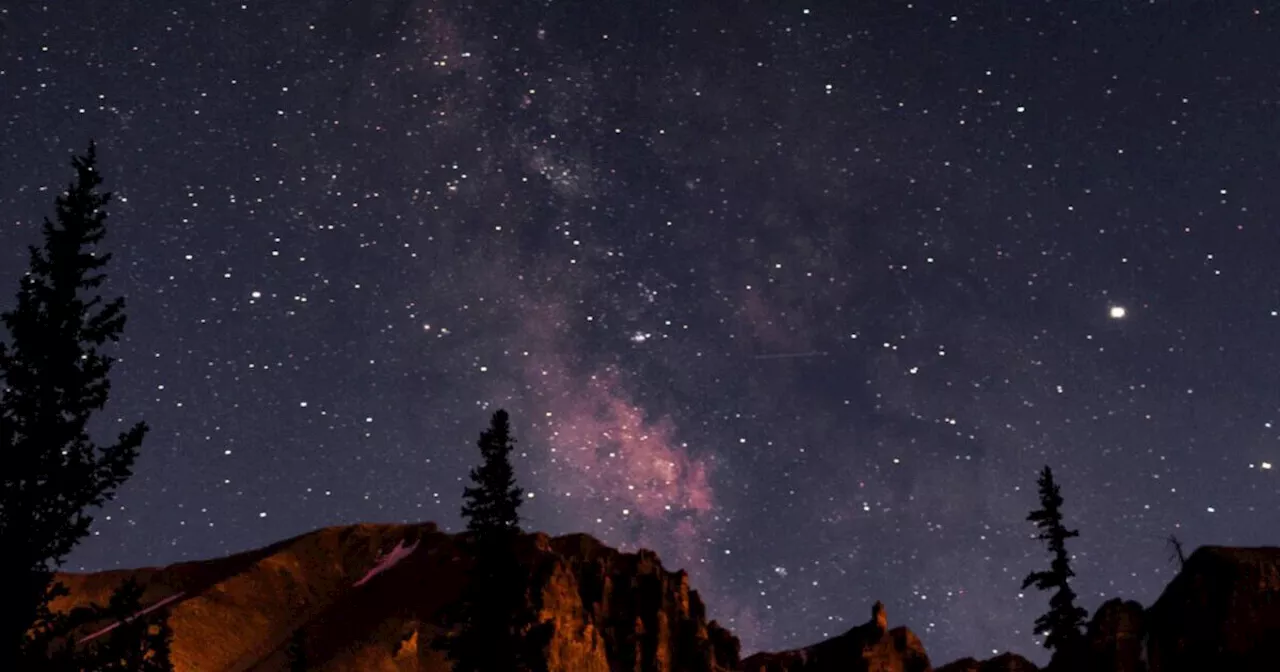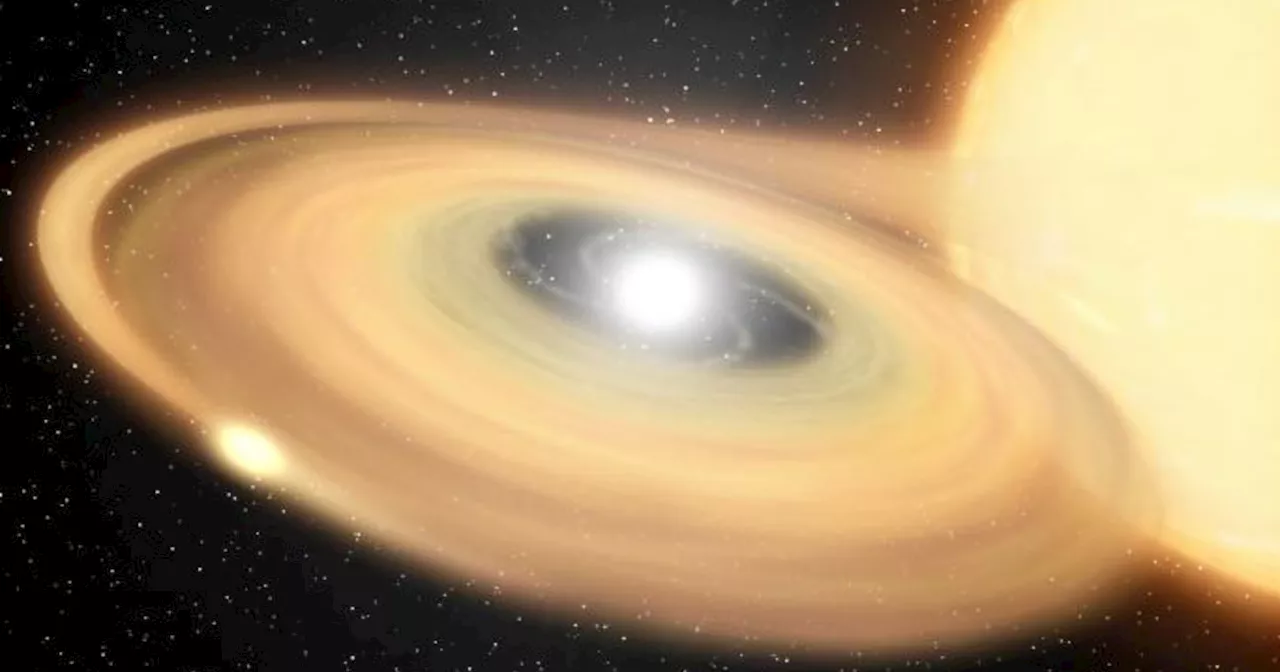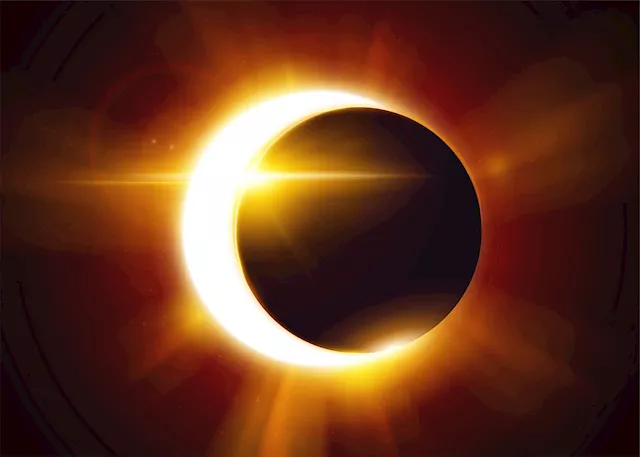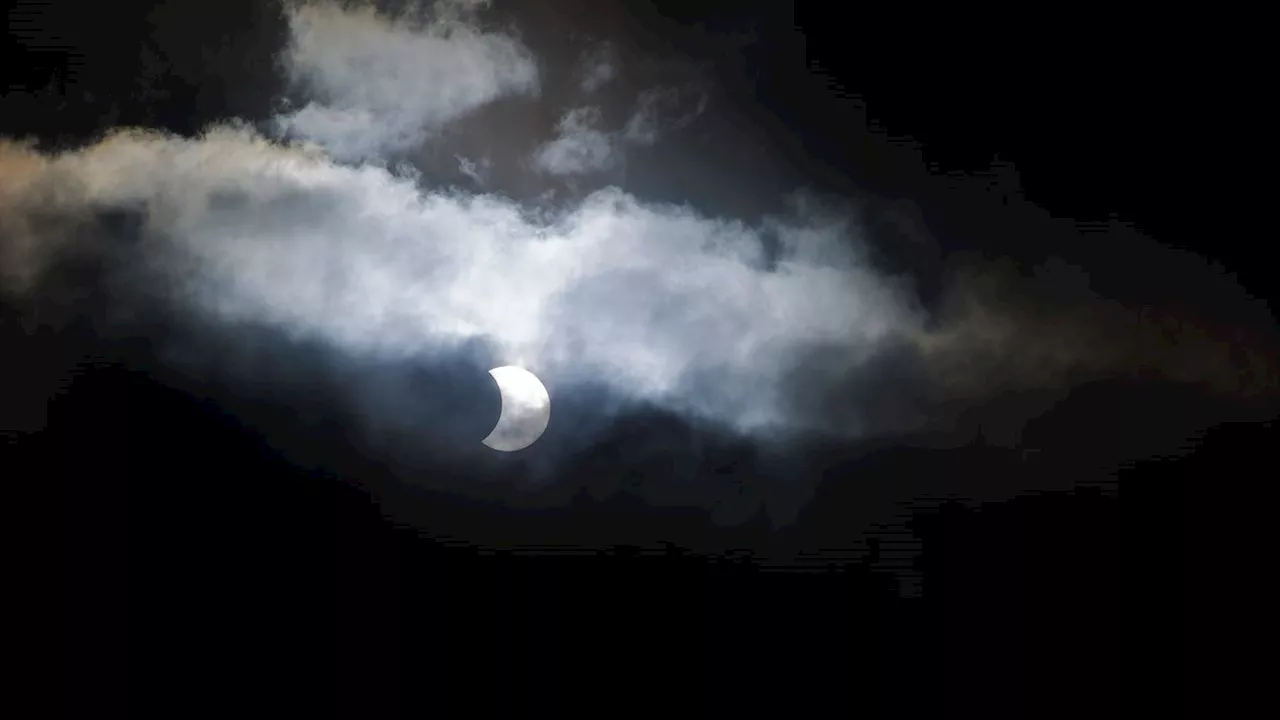Jamie is an experienced science, technology and travel journalist and stargazer who writes about exploring the night sky, solar and lunar eclipses, moon-gazing, astro-travel, astronomy and space exploration. He is the editor of WhenIsTheNextEclipse.com and author of A Stargazing Program For Beginners, and is a senior contributor at Forbes.
, you'll experience a brief period of darkness — totality — for a few seconds or minutes. This is the only safe time to look directly at the sun withoutThese prominences will almost certainly be on show during totality in North America on April 8, because the sun is likely at the peak of its 11-year
, closer to the moon's edge, and would be visible for only a few minutes," French said."These would appear similar to low-altitude prominences, visible as red loops closer to the sun's surface." We'll see prominences during totality on April 8."Prominences come in a large range of sizes and are more common during solar maximum," French said."Sometimes prominences erupt, untethering from the sun's surface and expanding into the
Given that it's unlikely that such brief events will occur during totality, there's only one solution: to make totality longer. One way to extend it is to get in a supersonic jet and chase the moon's shadow. Scientists did that in 1973 using Concorde, achieving a 73-minute totality.
United States Latest News, United States Headlines
Similar News:You can also read news stories similar to this one that we have collected from other news sources.
 Spring equinox 2024: Why March 19 is one of the best stargazing nights of the yearJamie Carter is a freelance journalist and regular Live Science contributor based in Cardiff, U.K. He is the author of A Stargazing Program For Beginners and lectures on astronomy and the natural world. Jamie regularly writes for Space.com, TechRadar.com, Forbes Science, BBC Wildlife magazine and Scientific American, and many others.
Spring equinox 2024: Why March 19 is one of the best stargazing nights of the yearJamie Carter is a freelance journalist and regular Live Science contributor based in Cardiff, U.K. He is the author of A Stargazing Program For Beginners and lectures on astronomy and the natural world. Jamie regularly writes for Space.com, TechRadar.com, Forbes Science, BBC Wildlife magazine and Scientific American, and many others.
Read more »
 Grand Canyon, other national parks are throwing stargazing partiesThese events at national parks far from city lights will leave you starry-eyed!
Grand Canyon, other national parks are throwing stargazing partiesThese events at national parks far from city lights will leave you starry-eyed!
Read more »
 Nova explosion will be visible to naked eye in rare stargazing eventDenise Chow is a reporter for NBC News Science focused on general science and climate change.
Nova explosion will be visible to naked eye in rare stargazing eventDenise Chow is a reporter for NBC News Science focused on general science and climate change.
Read more »
 How to get free solar eclipse glasses for April’s total solar eclipseWarby Parker is giving away free solar eclipse glasses ahead of the April eclipse. Here's how to claim a pair.
How to get free solar eclipse glasses for April’s total solar eclipseWarby Parker is giving away free solar eclipse glasses ahead of the April eclipse. Here's how to claim a pair.
Read more »
 See the full 'Worm Moon' eclipsed by Earth's shadow this weekend, exactly 2 weeks before the April 8 total solar eclipseJamie Carter is a freelance journalist and regular Live Science contributor based in Cardiff, U.K. He is the author of A Stargazing Program For Beginners and lectures on astronomy and the natural world. Jamie regularly writes for Space.com, TechRadar.com, Forbes Science, BBC Wildlife magazine and Scientific American, and many others.
See the full 'Worm Moon' eclipsed by Earth's shadow this weekend, exactly 2 weeks before the April 8 total solar eclipseJamie Carter is a freelance journalist and regular Live Science contributor based in Cardiff, U.K. He is the author of A Stargazing Program For Beginners and lectures on astronomy and the natural world. Jamie regularly writes for Space.com, TechRadar.com, Forbes Science, BBC Wildlife magazine and Scientific American, and many others.
Read more »
 Places with the best weather to watch the April 8 solar eclipse (and what happens if it's cloudy where you are)Jamie Carter is a freelance journalist and regular Live Science contributor based in Cardiff, U.K. He is the author of A Stargazing Program For Beginners and lectures on astronomy and the natural world. Jamie regularly writes for Space.com, TechRadar.com, Forbes Science, BBC Wildlife magazine and Scientific American, and many others.
Places with the best weather to watch the April 8 solar eclipse (and what happens if it's cloudy where you are)Jamie Carter is a freelance journalist and regular Live Science contributor based in Cardiff, U.K. He is the author of A Stargazing Program For Beginners and lectures on astronomy and the natural world. Jamie regularly writes for Space.com, TechRadar.com, Forbes Science, BBC Wildlife magazine and Scientific American, and many others.
Read more »
